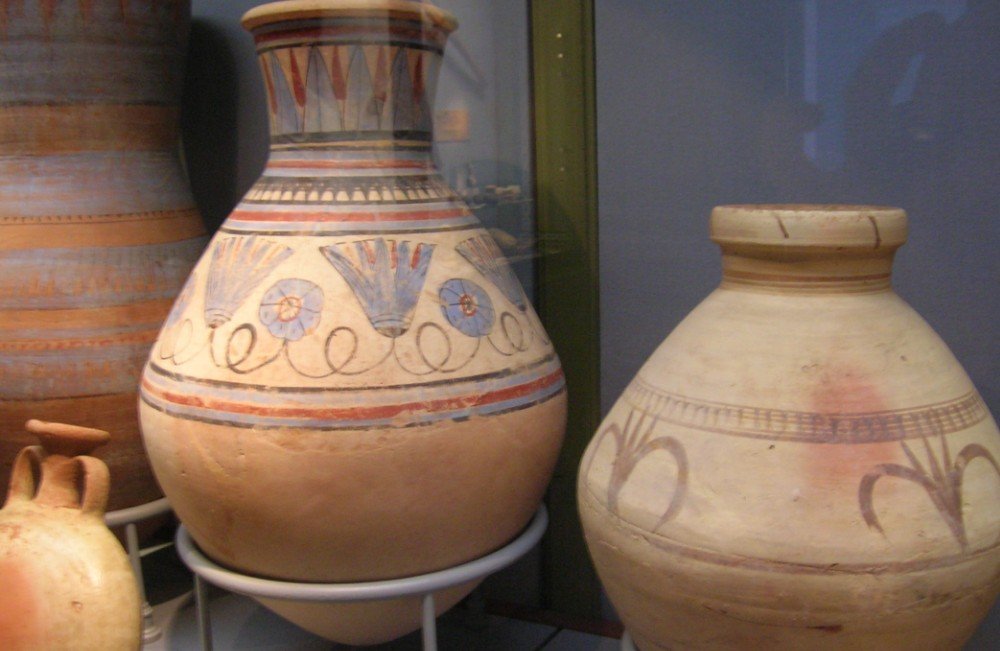Researchers at Yale University have discovered clear signs of opium use in ancient Egypt through a new study of a 2,500-year-old alabaster vase. This finding, released in November 2025, shows that opiates played a big role in daily life, from medicine to rituals, changing how we see ancient drug practices.
The vase, found in a museum collection, held traces of opium mixed with other substances. Experts say this proves widespread use across social classes in Egypt around 500 BC.
The Discovery That Changes History
A team of scientists examined residue inside the ancient vase using advanced lab tests. They found chemicals like morphine and codeine, key parts of opium.
This evidence comes from a vessel linked to Persian King Xerxes I, but used in Egyptian settings. The study points to opium as a common item in households and temples.
Experts believe people mixed opium with oils and fruits to make drinks or salves. This matches old texts that describe poppy-based cures for pain and sleep issues.
The research builds on earlier hints from papyrus scrolls, but now offers solid proof. It shows opium trade reached Egypt from nearby regions like Mesopotamia.

How Opium Fit Into Daily Egyptian Life
Ancient Egyptians likely used opium for health reasons every day. Records suggest it helped with headaches, injuries, and even child care.
In rituals, opium might have aided spiritual experiences or calmed participants during ceremonies. This ties into broader ancient practices across cultures.
The vase’s mix included fig and grape elements, hinting at recipes passed down through generations. Such blends made opium easier to use and more effective.
Social levels did not limit access. From kings to farmers, many could get opium through trade networks.
This discovery links to modern views on drugs. It shows how early societies managed pain without today’s tech.
Evidence From the Vase and Beyond
The alabaster vase dates back to the 5th century BC. Its inscriptions in multiple languages show cultural exchanges between Persia and Egypt.
Lab analysis revealed a sticky brown substance inside, tested for chemical markers. Results confirmed opium presence without doubt.
Similar items from tombs, like those of King Tut, may hold more clues if studied. This could expand our knowledge of ancient pharmacology.
Experts compared this to opium use in other old civilizations. For example, traces appear in European sites from 8,000 years ago.
Here are key findings from the study:
- Opium traces mixed with plant oils and animal fats.
- Signs of preparation for drinking or applying on skin.
- Links to medical texts from 1500 BC onward.
- Evidence of trade routes bringing poppies to Egypt.
What This Means for Modern Science
This Yale work opens doors to more research on ancient drugs. It could help understand how early people dealt with addiction or overuse.
Today’s opioid issues echo these old habits. Learning from history might guide better health policies now.
The study used tools like gas chromatography to spot tiny chemical signs. This method sets a standard for future artifact tests.
Public interest has grown, with talks of testing more museum pieces. This could reveal hidden stories from the past.
Broader Impact on Ancient World Views
Opium was not just for Egypt. Nearby cultures like the Greeks and Persians also used it in myths and medicine.
This finding reshapes timelines of drug history. It pushes back known use in Africa and the Middle East.
Experts predict more discoveries as tech improves. Museums worldwide hold untapped artifacts.
The table below outlines opium’s possible uses in ancient Egypt based on the study:
| Use Type | Description | Examples |
|---|---|---|
| Medical | Pain relief and sedation | Treating wounds or childbirth |
| Ritual | Spiritual enhancement | Temple ceremonies or burials |
| Daily | General wellness | Mixed in drinks for sleep aid |
| Trade | Economic value | Imported from Asia Minor |
This highlights opium’s versatile role in society.
As research continues, it bridges ancient practices with today’s world. Share your thoughts on this discovery in the comments below, and spread the word to fellow history fans.
